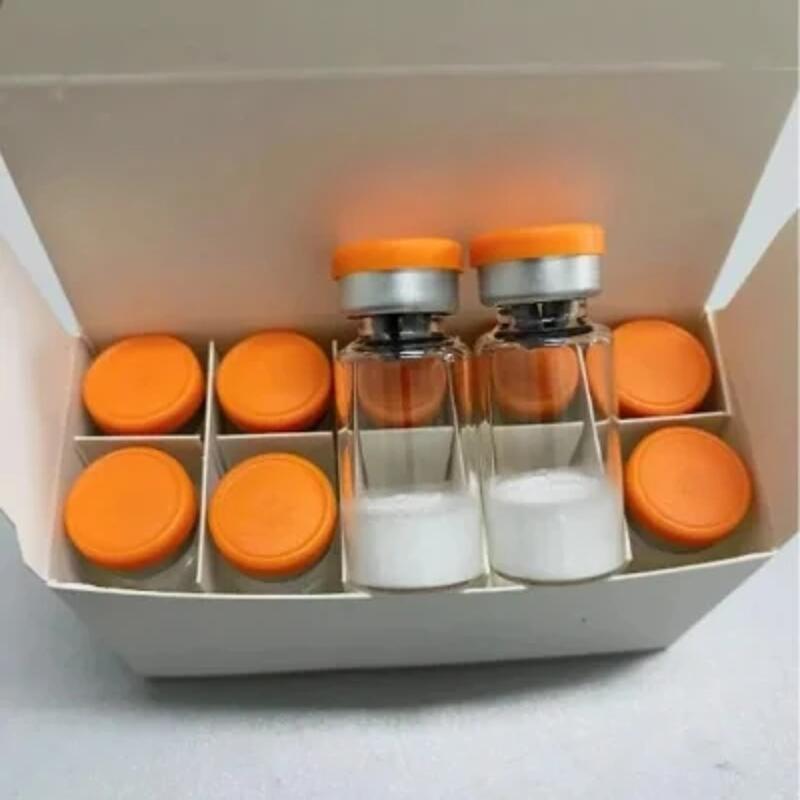-
Categories
-
Pharmaceutical Intermediates
-
Active Pharmaceutical Ingredients
-
Food Additives
- Industrial Coatings
- Agrochemicals
- Dyes and Pigments
- Surfactant
- Flavors and Fragrances
- Chemical Reagents
- Catalyst and Auxiliary
- Natural Products
- Inorganic Chemistry
-
Organic Chemistry
-
Biochemical Engineering
- Analytical Chemistry
-
Cosmetic Ingredient
- Water Treatment Chemical
-
Pharmaceutical Intermediates
Promotion
ECHEMI Mall
Wholesale
Weekly Price
Exhibition
News
-
Trade Service
The Production Process of 3-Bromo-5-chlorobenzoic Acid in the Chemical Industry
3-Bromo-5-chlorobenzoic acid, commonly referred to as BRC, is an important intermediate in the production of various chemicals and pharmaceuticals.
The chemical formula for BRC is C7H6Cl2Br2O2.
In this article, we will discuss the production process of BRC in the chemical industry.
Preparation of Raw Materials
The production of BRC begins with the preparation of raw materials.
The primary raw material required for the production of BRC is chlorobenzene, which is a colorless liquid with a sweet odor.
Chlorobenzene is a toxic compound and should be handled with caution.
The second raw material required for the production of BRC is hydrogen bromide gas, which is a colorless gas with a pungent smell.
Both raw materials are carefully handled and stored to ensure their purity and stability.
Reaction Process
The production of BRC involves a series of chemical reactions that convert chlorobenzene into BRC.
The reaction process takes place in several steps, and each step is carefully controlled to ensure the quality of the final product.
The first step involves the reaction of chlorobenzene with hydrogen bromide gas in the presence of a Lewis acid catalyst, such as AlCl3.
This reaction produces a mixture of brominated compounds, including BRC.
The brominated compounds produced in the first step are further treated with water to remove the excess bromine, which is not needed for the production of BRC.
The resulting mixture is then treated with a solvent, such as ethyl acetate, to extract the desired product.
The solvent is then distilled to remove any remaining impurities, and the resulting BRC is collected and dried.
Quality Control and Purification
Quality control is a critical step in the production of BRC, as it ensures that the final product meets the required specifications for purity and quality.
The BRC produced in the previous step is typically impure and contains various impurities, such as unreacted chlorobenzene and other by-products.
Therefore, it is necessary to purify the BRC to remove these impurities.
The purification of BRC involves several steps, including filtration, crystallization, and recrystallization.
Filtration is used to remove any solid impurities, while crystallization and recrystallization are used to produce pure, crystalline BRC.
The purified BRC is then dried and packaged for shipment.
Safety Precautions
The production of BRC involves the handling of toxic and hazardous chemicals, such as chlorobenzene and hydrogen bromide gas.
Therefore, it is essential to take proper safety precautions to prevent accidents and minimize the risk of exposure to these hazardous chemicals.
Personnel involved in the production process should wear appropriate Personal Protective Equipment (PPE), such as gloves, safety glasses, and respiratory protective equipment, to prevent exposure to the chemicals.
In addition, the production process should be designed and operated in a way that minimizes the risk of accidents and spills.
The plant should have an emergency response plan in place to handle any emergencies or accidents that may occur.
Conclusion
The production of 3-Bromo-5-chlorobenzoic acid (BRC) is an important process in the chemical industry, as it is an intermediate in the production of various chemicals and pharmaceuticals.
The production process involves several steps, including the preparation of raw materials, the reaction process, quality control and purification, and safety precautions.
The




![9-[1,1'-biphenyl]-4-yl-3,3'-Bi-9H-carbazole](https://file.echemi.com/fileManage/upload/category/ac71ac0d-8ef6-11ec-89e5-fa163ed06441.png)


